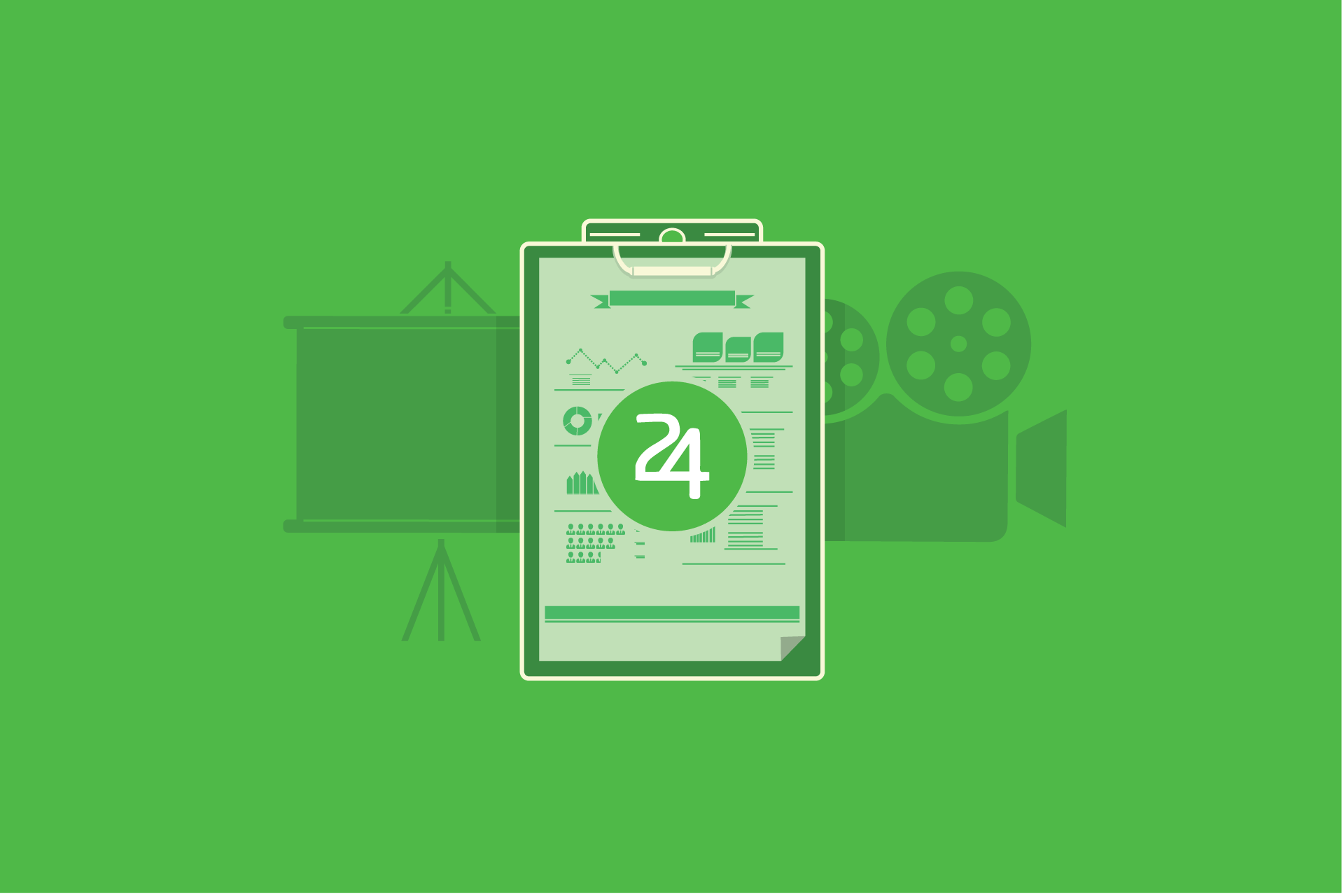The Full Guide To Ending Your Presentation With Impact
If you’ve ever asked the question, “How do you close a PowerPoint presentation?” or the more generic “How to wrap up a presentation?”, then you’re reading the right article. Today, you’re finally getting the answers to your questions. In this article, you’ll learn how you can go about ending your presentation with impact. You’ll also find out everything there is to know about closing and concluding presentations.
Benefits Of Ending Your Presentation With Impact

Have you ever had the misfortune of watching a presentation that went on and on with seemingly no end in sight? Or have you ever witnessed a presenter who awkwardly ended a presentation and then left the audience hanging (not even a simple ‘thank you’ or ‘any questions’ slide to clue you in)?
Presentations like these are, unfortunately, extremely common. Especially among casual presenters, that is, those who don’t present for a living. We may even be willing to forgive them for their oversight. But, the truth is, EVERYONE should know the importance of knowing how to start and end a presentation.
Practically everyone knows presentation introductions are important. But it doesn’t mean to say that you shouldn’t pay attention to how your presentation ends. Your closing needs to be just as strong, or in some cases, maybe even stronger than your introduction.
So, here are a few reasons why you need to put a lot of work on the conclusion of your PowerPoint presentation:
1. It’s your last chance to make a strong, final impression
A good introduction will leave a good impression on your audience. It will give them the incentive to continue paying attention to what you’re saying. However, if you leave them with a weak conclusion or ending for PowerPoint, then that’s most probably what they’re going to remember about you.
They won’t remember how good your introduction was, or how awesome your presentation slides were. But rather, they’ll remember how you kept them hanging at the end. Or even worse, they’ll just forget your entire presentation because your weak ending basically canceled all their positive impressions of you.
If you’ve ever watched movies that involved the courtroom, you’ll notice how lawyers spend a lot of time crafting their case’s closing statements. They don’t just “wing” it, and then hope the judge or jury is going to decide in their favor. Lawyers understand just how important their case’s ending is. They know a strong closing statement can help persuade the judge or jury to side with them.
In a similar vein, your presentation’s ending has to be spot on as well so you can leave a strong and powerful impression on your audience. This is important if you want them to remember the main points in your presentation and make it easy for them to follow your presentation’s call to action.
2. It’s your opportunity to persuade your audience to follow your call to action
Every presentation needs a call to action. Without a call to action, your audience is going to wonder what you want them to do. To begin with, your call to action will depend pretty much on your presentation’s objective. This means that before you can decide on your call to action, you should decide first on what your presentation is all about. Then ask yourself what you want your audience to do after watching your presentation.
You can deliver a great presentation in front of a highly-engaged audience, but if you don’t have a call to action, then they’re going to leave very much confused. If you want them to invest in your company’s products, then don’t be afraid to ask them to. If you want them to apply what they’ve learned in your presentation, then say it. Your audience chose to spend their time listening to you instead of doing something else, so make it worth their while!
3. It gives you a chance to summarize your presentation
A summary is useful if you’ve had a long presentation with plenty of points covered. While the ideal presentation should be short and straight to the point, it’s often unavoidable for some types of presentations.
Now the thing is, when giving your presentation summary, you should remember to keep it short and simple. Don’t give the same full-length explanations you did in the earlier parts of your presentation. You’re going to be redundant.
When presenting your summary, make it short, sweet, and memorable. Perhaps you can use a mnemonic or an acronym to make it easy for your audience to remember. If you can inject humor into your summary, do it. Humor is great for making things easy to recall and will leave your audience with a better impression of you.
How To End Different Types Of Presentations With Impact
Your presentation’s ending will depend on the kind of presentation you have (more on this below). While it’s common to use a ‘thank you’ or ‘any questions’ slide as the last slide of a PowerPoint presentation, sometimes these aren’t going to cut it. If you truly want to make an impact, you need to think outside the box and come up with a more creative presentation conclusion.
So, here are the most common types of presentations and the methods you can follow to end your presentation on a positive note.
Informative Presentations
Technically, all presentations are informational in nature. That’s why you’re presenting in the first place – you want to share the information that you have with your audience. This means that this type of presentation simply presents facts and ideas about a particular topic.
You’re basically just laying out the information about a subject. A good example of an information presentation is research presentations. When you present in front of your students, colleagues, and/or mentors, you’re basically presenting information about whatever topic’s been assigned to you. While many researchers do their due diligence, many still don’t know how to end a research presentation.
A good way to end an informative presentation, like a research presentation, is to present a summary slide summing up the major points. That way your audience will be able to recall what you’ve talked about during your entire presentation.
You can download our free ‘General Agenda Presentation Template.’ Just edit the word ‘Agenda’ on the templates and replace it with ‘Summary,’ as well as the rest of the information you want to change. That’s it! You’ll have your summary slide in just a few minutes!
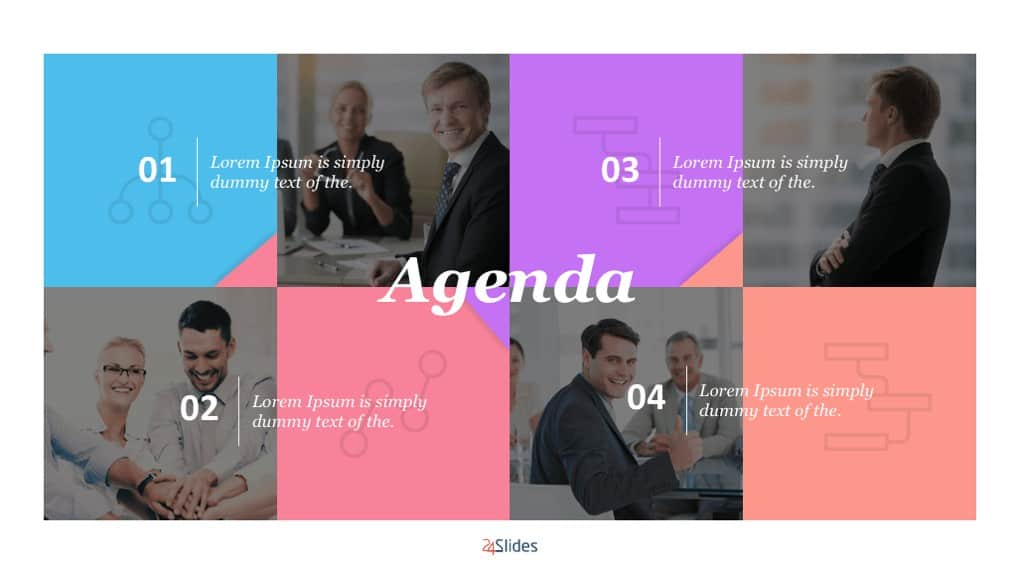

Sales/Persuasive Presentations
In the sales world, it’s important to have an introduction that will hook your audience. However, what’s even more important is knowing how to end a sales presentation. Strong closings in sales presentations are a must if you want to close and make those sales!
The stakes are much higher in a sales presentation. You want to maximize your conversion rates. You want everyone in your audience to follow your call to action, whether it be signing up for a trial package or buying your company’s actual products.
While a 100% conversion rate is extremely difficult to achieve, it’s not entirely unheard of. Especially if you vetted your audience properly and they’re in the last stages of your sales funnel.
Pitching products and services isn’t exactly a walk in the park. Knowing how to end a pitch presentation or a sales PowerPoint presentation can lead to huge success for you and your business.
The most effective salesmen are very good at storytelling. All throughout your presentation, you’re telling your audience a story about how your product can change their lives.
Now, the most effective sales presentations conclude by extending an invitation to prospects. You’re basically inviting them to join you (and your entire customer base) to live a better life (or whatever your product’s value proposition is).
Another ending option you can use is by challenging your audience to take action. Just make sure you don’t become too aggressive and salesy as that can quickly turn off even the most interested buyer.
To help you focus on creating the best ending for your sales presentation, you can download our free ‘Product Hunt Pitch Deck Template.’ You simply need to edit the file and customize it according to your presentation requirements. Here’s what the ‘cover’ and ‘thank you’ slides look like:
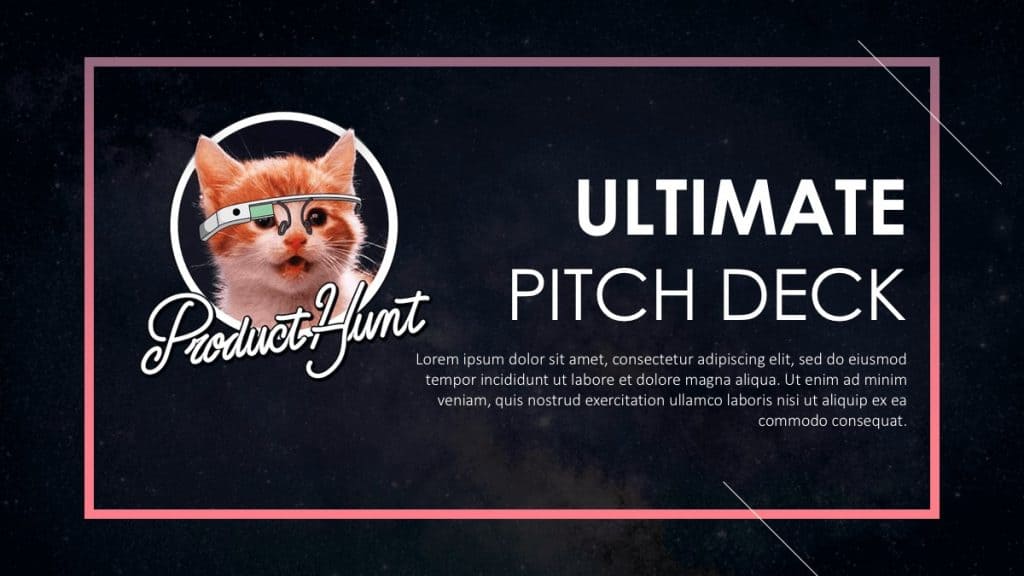
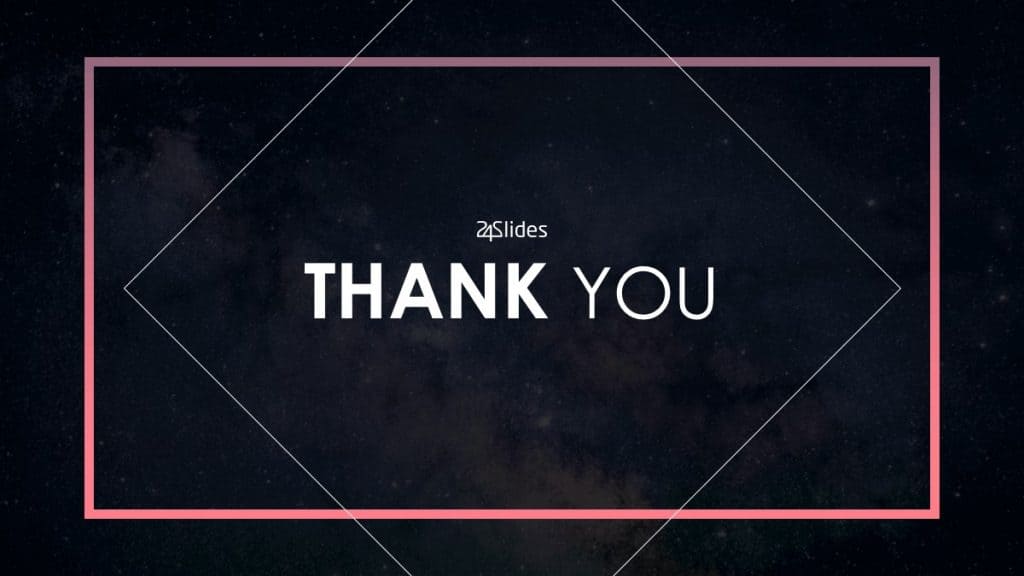
Onboarding Presentations
Training presentations are highly valuable, especially in corporate and workplace settings. Onboarding new employees, new clients, and new customers into your system is essential to your company’s overall growth. Do it wrong, and you could end up scaring new people away.
You don’t want them to think they made the wrong decision about joining your company. Instead, what you want to do is to build people’s confidence and cement their belief that they made the right choice trusting your organization.
While onboarding presentations are usually not as pressured and high stakes like sales presentations, you still need to try your best to end your presentation with a bang.
As an example, you can have a simple ‘Welcome’ slide as your presentation’s last slide. Or you can list down the different ways your new employees and clients can get some support.
If you need help designing your onboarding presentation slides, you’re in luck. Our ‘Corporate Package Template’ may be a good fit for your needs. Customizing this template is a breeze. Simply swap the template elements you want to replace with your own content. Here are some screenshots:
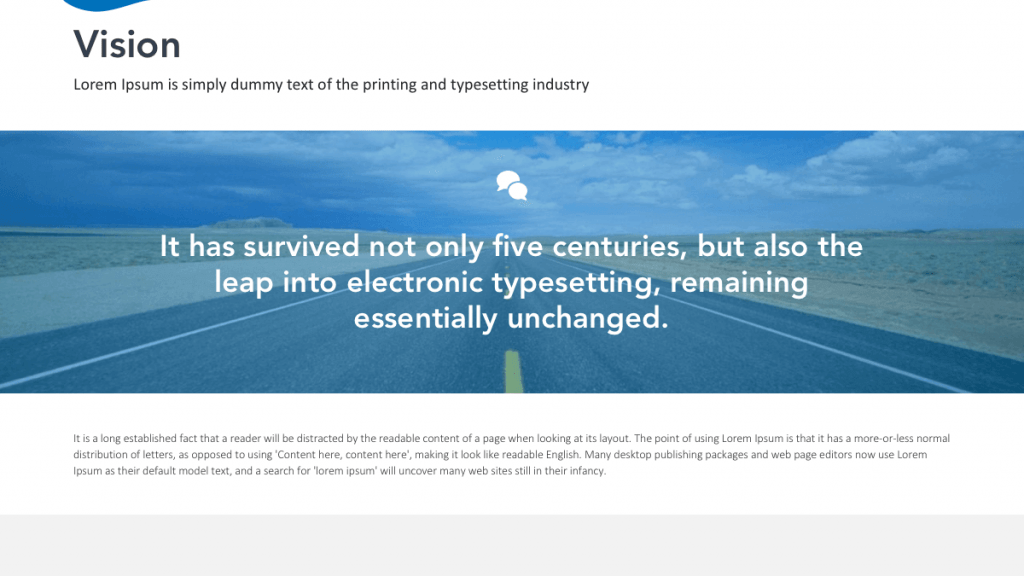
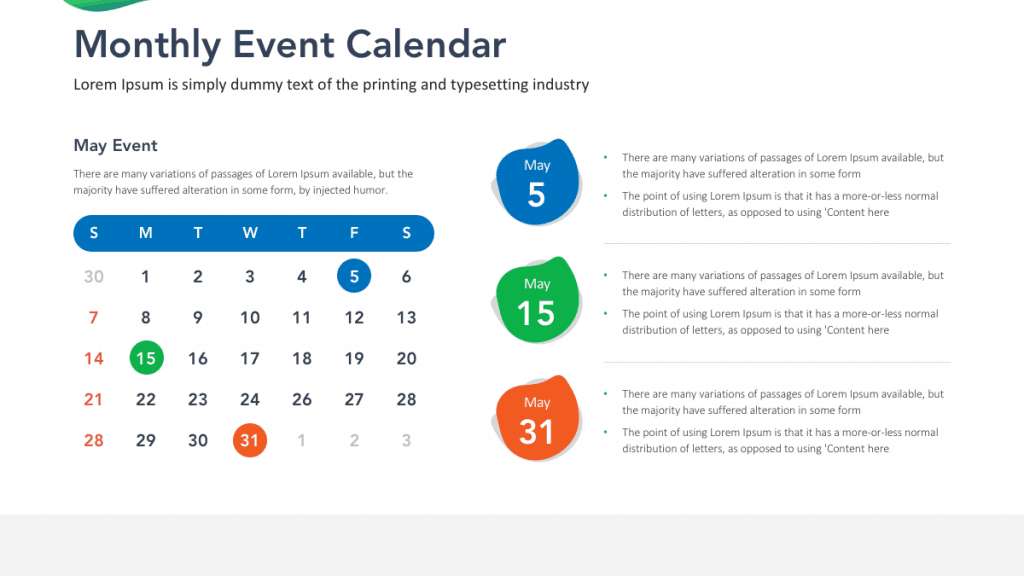
4 Additional Tips To Conclude Your Presentation With Impact
No matter the type of presentation you have, you can use these techniques to help you conclude your presentation with an impressive bang!
1. Conclude your story
While sales presentations can benefit greatly from storytelling, other types of presentations can employ the same technique. It’s best to have a running narrative throughout your presentation. For instance, you can introduce your story’s hero or heroine in the early stages of your presentation.
By the time you get to the conclusion, your hero’s story will also end and tie-in nicely with your presentation. If you do this correctly, your audience will remember your story long after your presentation has ended.
2. Refer to your opening message
For this technique to work, you need to ask a question at the beginning of your presentation. A question that will make your audience curious. What usually works is asking something that appears to be non-related to your topic. It gets your audience thinking.
When you end your presentation, ask the question again and this time present them with the answer. You can even ask your audience if they were able to figure out your little brain teaser – it’s a great way to leave an impact on your audience!
3. Don’t forget your call to action
Your presentation won’t be complete without a call to action. Of course, your entire presentation is basically a prelude to your call to action. This means the meat of your slides should be persuasive enough to get people to follow you by the time you end your presentation.
Without the necessary buildup and anticipation, it will be hard to convince your audience to follow your call to action, no matter how simple it may be.
4. Make it clear your presentation is finished
You don’t want to leave your audience hanging and wondering if your presentation is done or not. One of the best ways to conclude is by adding a ‘thank you’ slide as the last slide of your PowerPoint.
Of course, you can’t just show the last slide and then not express gratitude to your audience. Knowing how to thank your audience for listening is important as it shows you respect and appreciate them choosing to spend their time listening to you.
You can also use quotes to end your PowerPoint presentation. You can head on over to BrainyQuotes and other similar sites to look for quotes and anecdotes relevant to your subject. Having a list of presentation conclusion sample phrases saved on your computer would also be handy.
If you need ideas on how to make the perfect ‘thank you’ slide, here’s a ‘Thank You Slides PowerPoint Template’ you can download and use for free. Check out these screenshots:


Final Words
Your presentation is the sum of all its parts. From the introduction to your conclusion to your speech, everything must work seamlessly together. However, the ending is your last chance to make an impression on your audience. Make sure you make the most of it!

